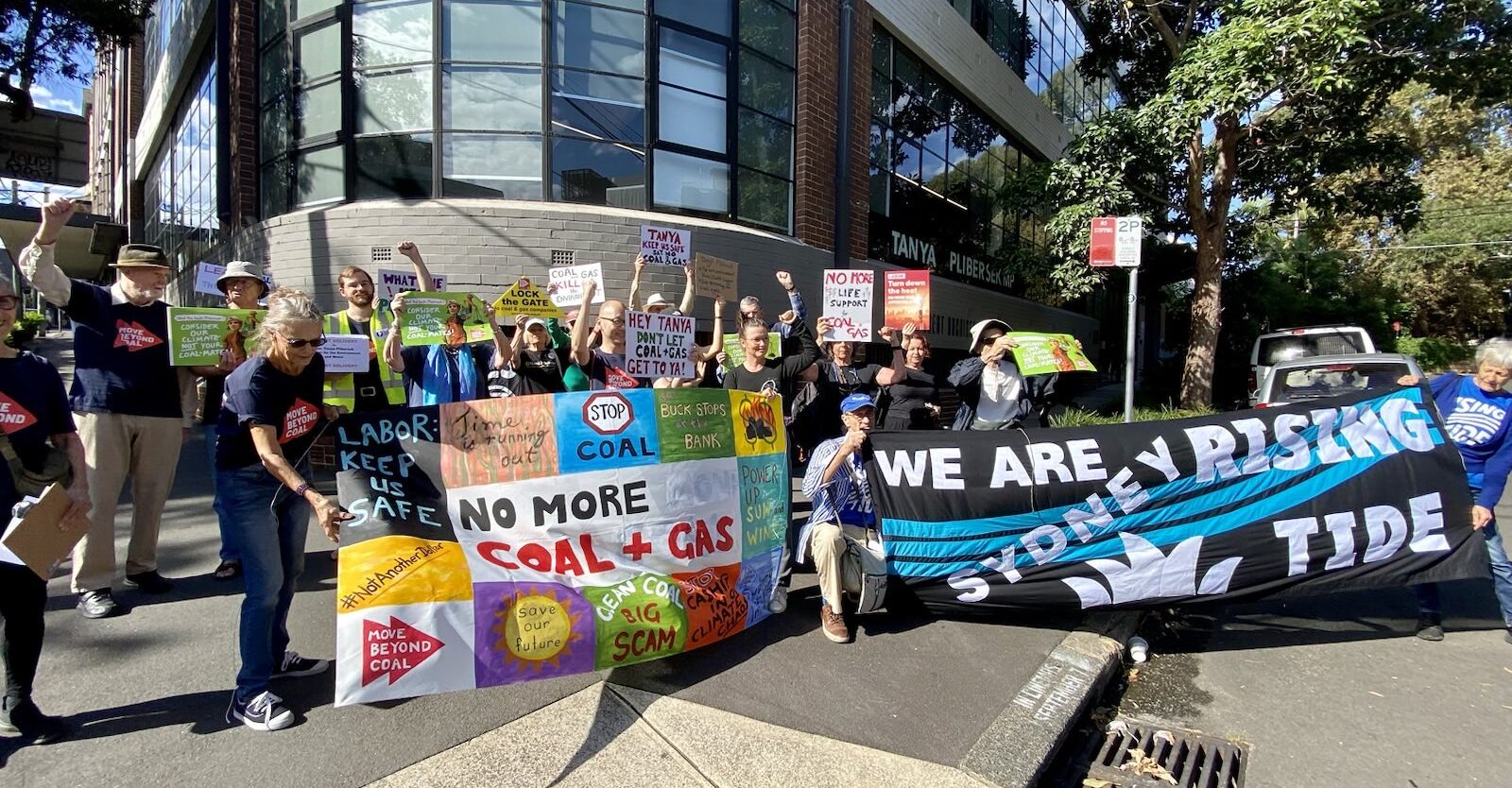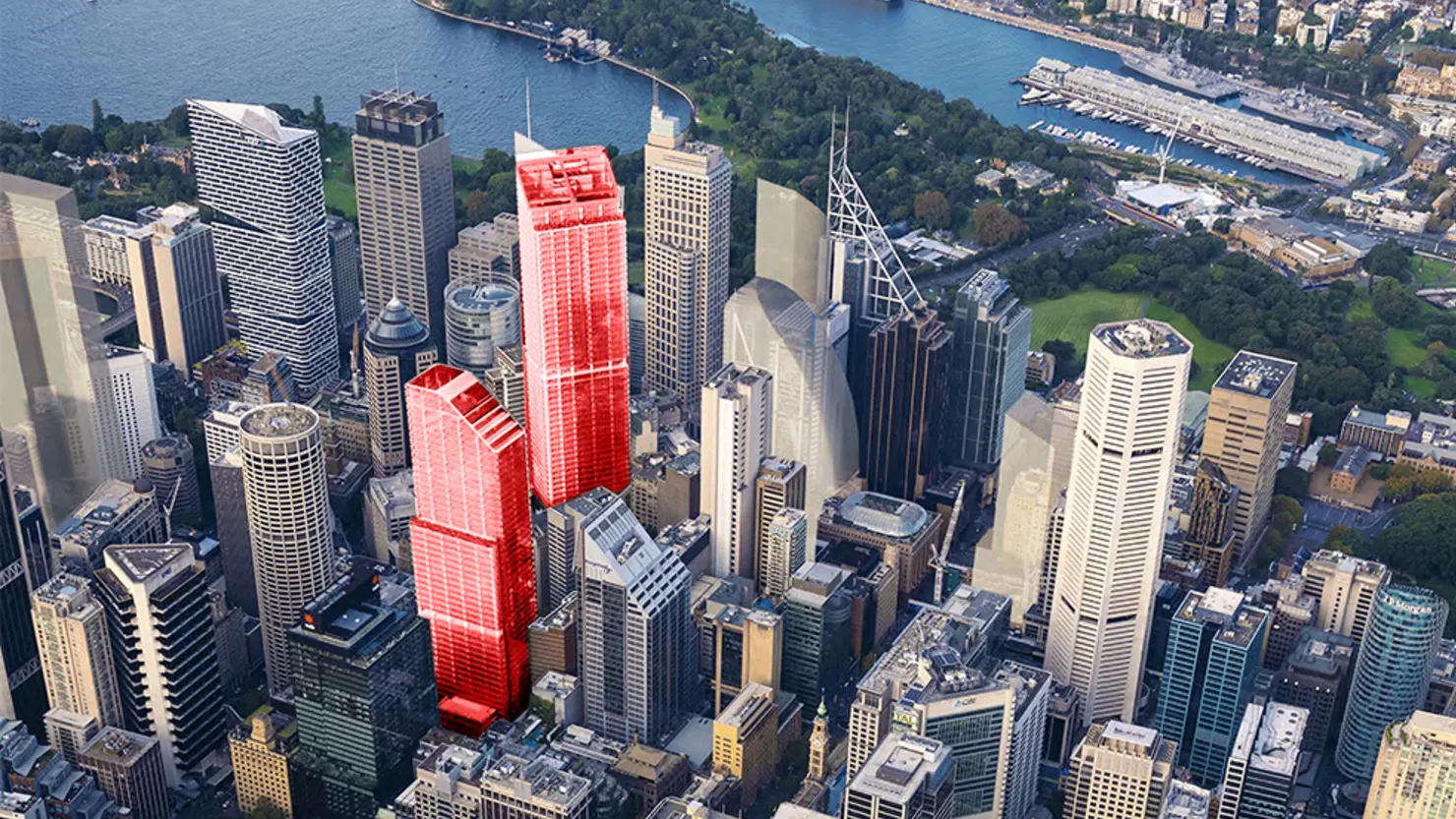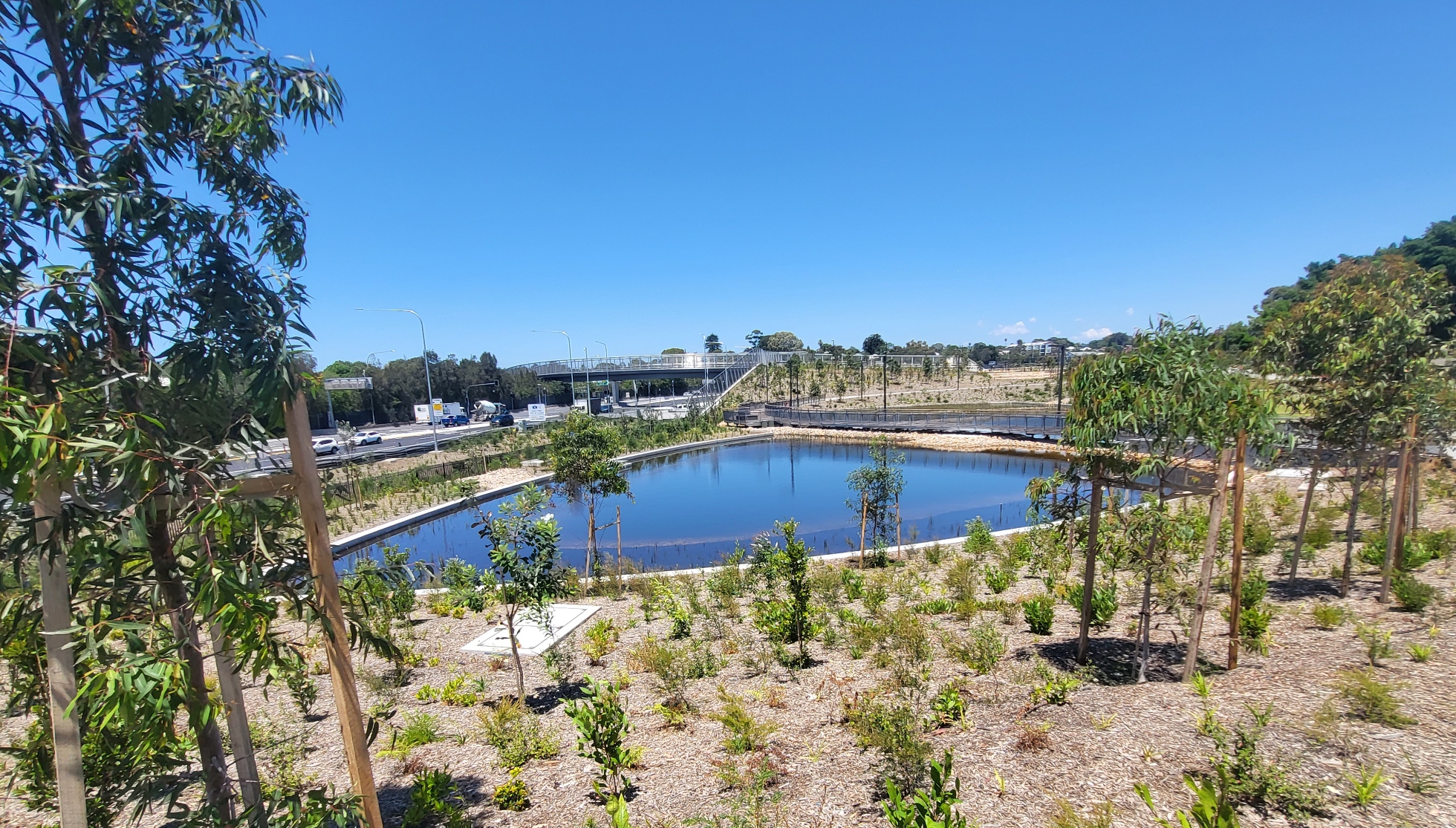
Who do you think you are, Lance Armstrong?
A leaflet recently dropped in our letter box advises that participants in the ‘City of Sydney Spring Cycle’ will be “rolling through” our area (Pyrmont) on Sunday, September 27 to raise money for the MS Society and the Oncology Children’s Foundation. We were warned that the event might lead to delays in residents accessing their property. Okay. We’ll cope. We wish them well. But I am afraid my enthusiasm for cyclists has waned.
Yet I once stood in the street to cheer cyclists passing by en masse. I supported their campaign to be able to share the road with motorists without intimidation. Yet instead of bravely pursuing that initiative, cyclists seem to be retreating to the footpaths and intimidating pedestrians. Every day, men and women on bikes can be seen racing along pavements, apparently without concern for the safety of others.
I have so far managed to avoid being seriously injured, but this has entailed increasing vigilance. The days of a carefree saunter around the neighbourhood, or even around parks or Darling Harbour, has been rendered a thing of the past by cyclists who proceed as though they were just ahead and in sight of the finishing line in Le Tour de France.
I have witnessed a cyclist knock a man down and ride on, not only without stopping after causing the accident, but, adding insult to injury, by making an obscene gesture at those protesting at this behaviour. You may dismiss this report as anecdotal, but all of my acquaintances seem to have similar depressing tales to tell.
Recently I stopped to try to comfort a very old man, bent double by infirmity. At the time he had only just managed to keep his feet after being startled by a cyclist speeding past him without so much as a warning bell. The badly shaken old fellow told me that he has become so intimidated by cyclists that he fears to go out, even to the nearby Coles for some shopping.
This is a shameful state of affairs. It has reached a stage in Sydney where some people have become so frightened of cyclists hurtling along footpaths that they even drive (rather than risk walking) to nearby destinations.
Isn’t it time for cyclists’ lobby groups to vigorously re-ignite their campaign for their right to use the road without being intimidated or endangered by impatient, intolerant and contemptuous drivers? I am sure a campaign of this sort would receive tremendous public support. After all, it will be quite a while before more dedicated cycleways are constructed. Surely, too, pressure should be exerted on the State Government to support Clover Moore’s pleas for reduced speed limits on Sydney roads. Research reportedly reveals that reduced speeds lead to fewer accidents and fewer life-threatening injuries.
Needless to say, we all accept the fact that many cyclists are caring and responsible people. It does seem, however, that incidents of astonishingly selfish and reckless behaviour are increasing.
Meantime, I believe it is still the law that adult cyclists are prohibited from riding on footpaths. If some of their number continue to flout the law, there may well be an increased public demand for the registration of cyclists and their bikes. A registration number would give those injured by cyclists at least a chance of redress for grievous bodily harm, especially given the help of witnesses.
Ava Hubble, Pyrmont
Inappropriate in the inner city
Both Adrian Bartels, of the Kings Cross and Potts Point Partnership, and Michael Gormly, editor of the City News, perhaps inadvertently advocate for Potts Point, Darlinghurst, and Sydney’s CBD to bear a disproportionate load of alcohol-related violence. This is despite the fact that the socio-economic profile of these suburbs is not consistent with the sort of anti-social behaviour imposed on them. Problem drinkers are largely imported from the ‘burbs’ on weekends, people intent on trashing themselves away from the immediate gaze of their own local communities.
In the cases of Kings Cross and Darlinghurst, the perception that anything goes is based on an aberration. These were formerly genteel and fashionable residential suburbs which lost their gloss when the quarter-acre block became popular early in the 20th century. These days, there is a clear recognition that a small carbon footprint is easier to achieve when you live close to your place of work. Thus, the inner city is being re-gentrified. This is a natural process of change, and business will have to adjust to it. A combination of market forces and social policy mean that inner-city ‘lager barns’ have a short future.
No amount of statistical manipulation and misinformation will change the facts. According to the Bureau of Crime Statistics and Research, the highest numbers of pub/club-based violent incidents are in the inner city of Sydney, with only Wollongong’s CBD recording a higher level (112) than Potts Point (88), while Darlinghurst (138) and the city’s CBD (190) are the highest in the state. Furthermore, the high density of licensed premises in the city means that much of the alcohol-related violence and anti-social behaviour will occur on the streets, not inside the venues.
Cumulative impact of licensed premises is a world-wide problem. Government initiatives in the United Kingdom and the United States have targeted reductions in the density of licensed premises as key strategies in addressing alcohol related crime. Think globally, act locally.
Sue Hanley, Darlinghurst









